Anyone who has ever done any public speaking knows that 5 minutes can go by in a heartbeat, or feel like it takes a lifetime to pass.
As we rocket towards our Science Academy student presentations at the New Zealand International Science Festival, we have been thinking about audience engagement and what our students can do to maximise this. Engaging the audience and knowing they are “along for the ride” can help that 5 minutes fly by in a pleasurable rush.
There are two groups of students presenting “on stage” in July – the ones who have elected to do an interpretive talk, and those who have elected to do a Science show. Though there are big and not so big differences between the two delivery methods, getting the audience on board will be key for both groups.
As I mentioned in a previous blog, there are really four groups that the public can be divided into when it comes to Science Communication:
- The Science Fans – the lovers of Science who can’t get enough and invest their free time in reading, attending talks, museums and other science related activities
- The Cautiously Keen – they aren’t the fanboys or fangirls but they have a genuine interest in science and are keen to know more.
- The risk averse – not engaged
- The concerned – not engaged
The Science Academy students are presenting their work to the public as part of the New Zealand International Science Festival. I think it is safe to assume that their audience will be from the first two groups as it is unlikely that someone who is not engaged in learning about Science would take the time to attend a Science Festival.
So that means that we are at least starting with a friendly audience. This is a big plus. It is much easier to engage the audience if they are in the audience because they are interested in what is being presented and genuinely want to learn more. The audience is already on the students’ side.
Building another idea from another blog I wrote last year, to engage an audience, you need to:
- Validate the audience’s thinking
- Take them on a journey
- Be framed within their values
- Fall within social norms
- Involve pictures and graphs and/or audience participation
There are a few more ideas that need to be touched on for successful audience engagement. Firstly, language – everyday vs for experts. The audience wants to learn but they don’t want a PhD thesis on the topic. The audience needs to understand what you are saying. In a five minute presentation to a public audience, the jargon should be at a minimum needed to make your point.
Accuracy can also sometimes lose you the point – keep it simple! It is better to be a bit less accurate but have the audience understand what you are saying than be super accurate and have them lost. If you engage them and get them interested in their topic, they will go away and try to learn more, if you give them a lot of details right at the start, they won’t understand enough of what you are saying to appreciate what you are saying. This is especially true with such a short amount of time to engage with the audience.
Tell a great story. Good story telling is emotional connection – why does the audience care about your message? Think about the trolley problem – some variations of this problem have shown that we tend to save the people we know and care about and sacrifice strangers. Make the audience care about what you have to say by building an emotional connection.
Frame your audience questions for maximum response rate. It is much easier for your audience to think of something general rather than specific. For example, asking them to think of a good experience they have had with Science rather than asking them to think of the best experience they had with Science. Linked to questioning, make sure you leave enough time for response – sometimes the audience needs to warm up or think about what you have said. Don’t let a lack of response cause you to panic and rush on before the audience has had a chance to respond! Equally, think about what you will do if you do NOT get the response you were expecting – have a back-up plan! The audience can still be engaged depending on how YOU respond to their unexpected, or lack of response.
Finally, make sure you acknowledge the audience contribution, thank the audience for coming along on the journey with you and participating. The audience will leave feeling appreciated and valued for coming to your show.





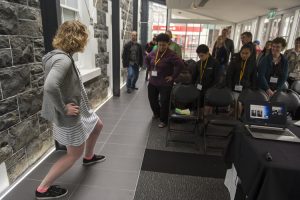

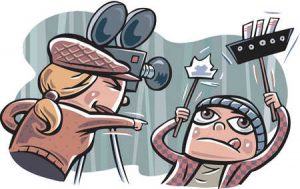
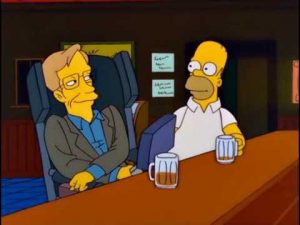
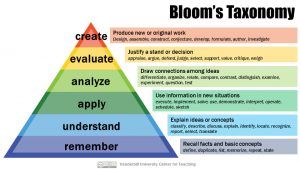

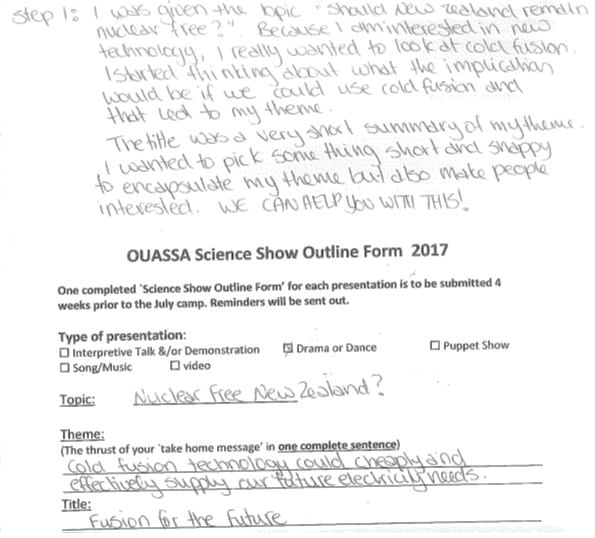

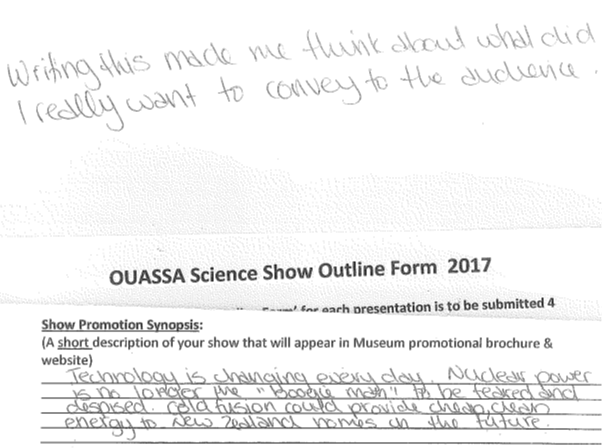
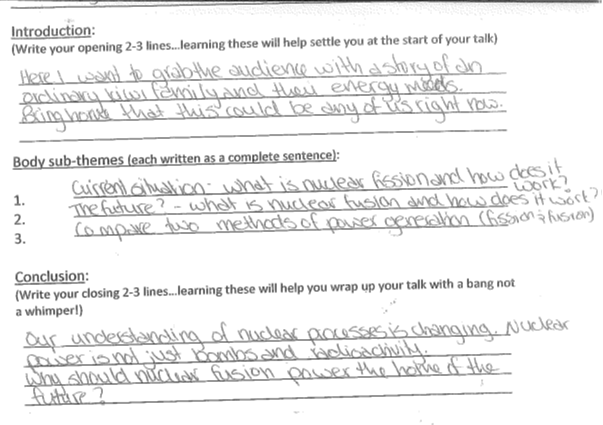


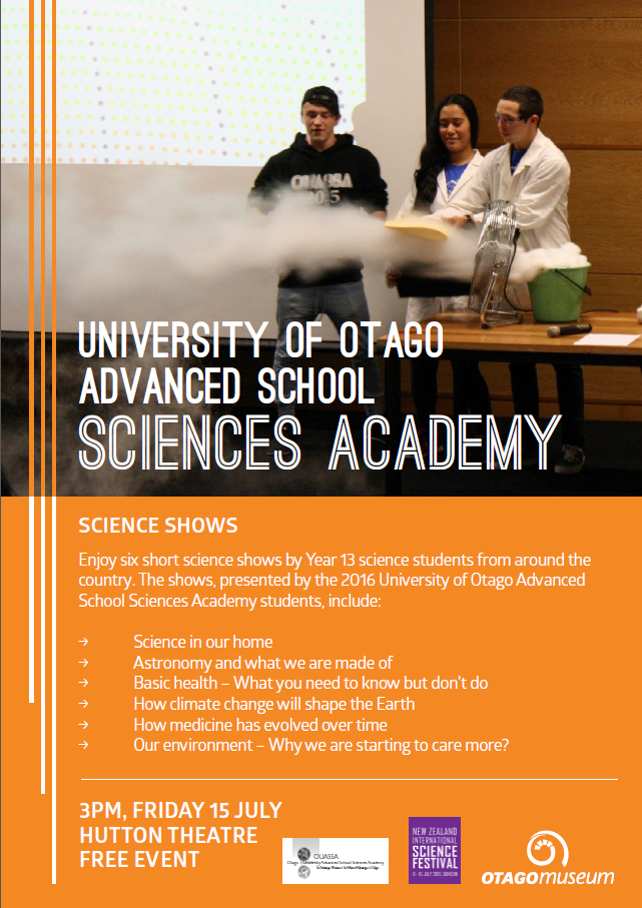

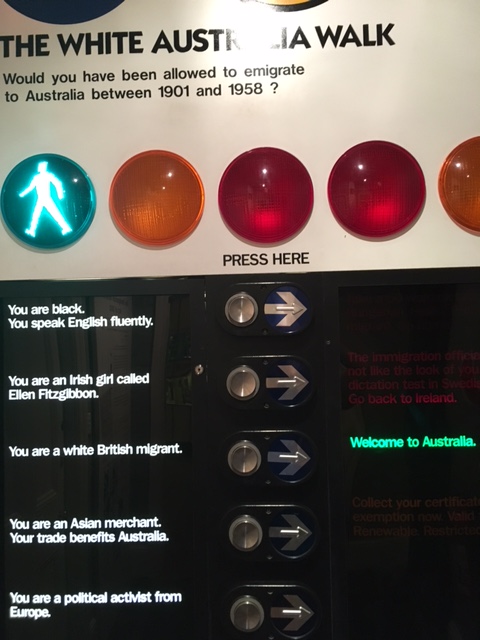
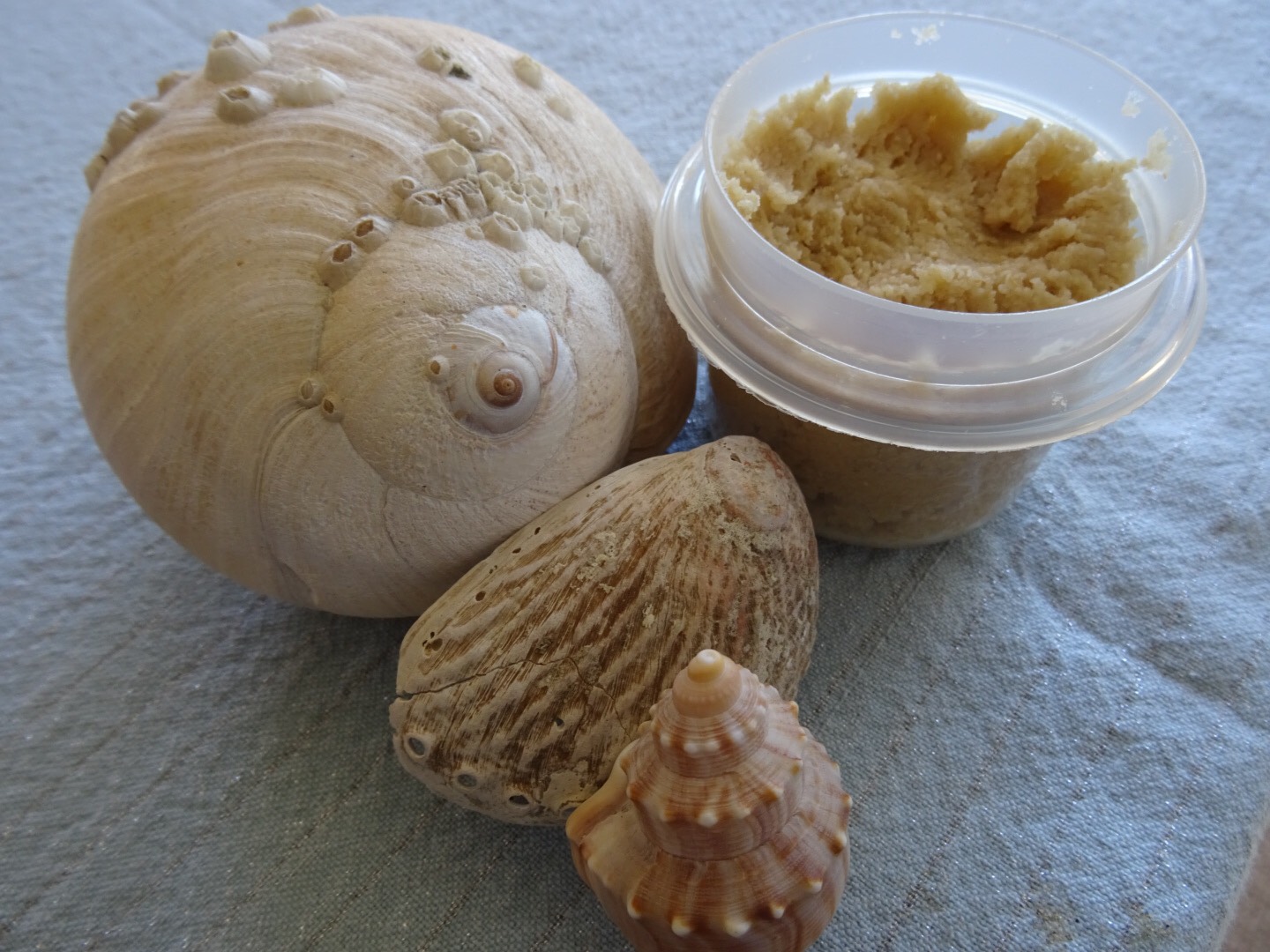
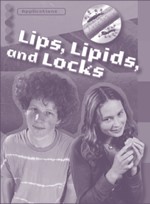

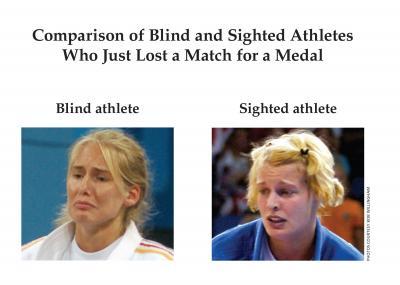 e radio this morning and heard the fact stated that blind people use the same facial expressions as sighted people because facial expressions are innate rather than learned. This means that blind people don’t have to have seen a facial expression for
e radio this morning and heard the fact stated that blind people use the same facial expressions as sighted people because facial expressions are innate rather than learned. This means that blind people don’t have to have seen a facial expression for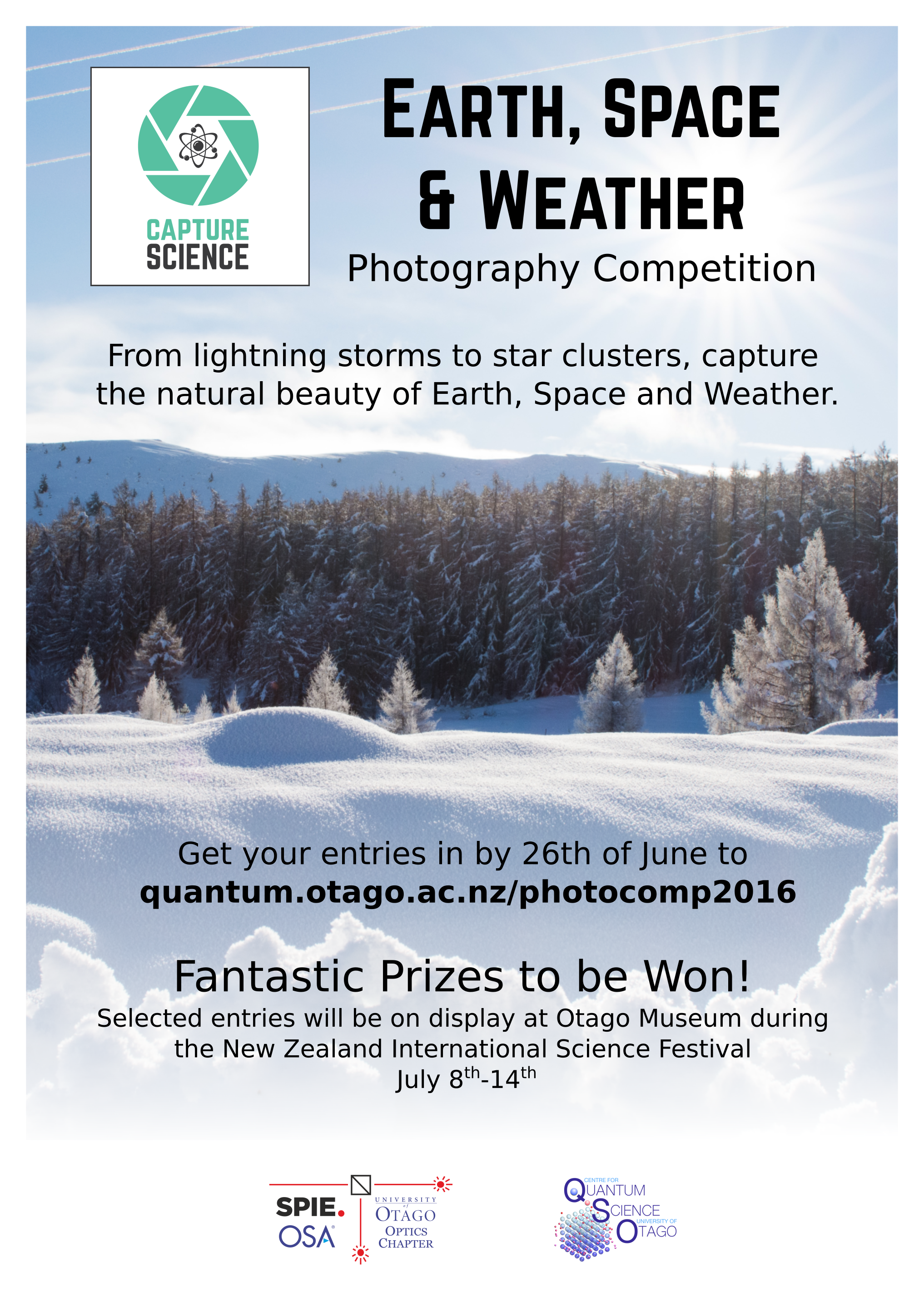

 I was just looking for some materials to help my class become better at researching and found the awesome self help guides from the library.
I was just looking for some materials to help my class become better at researching and found the awesome self help guides from the library.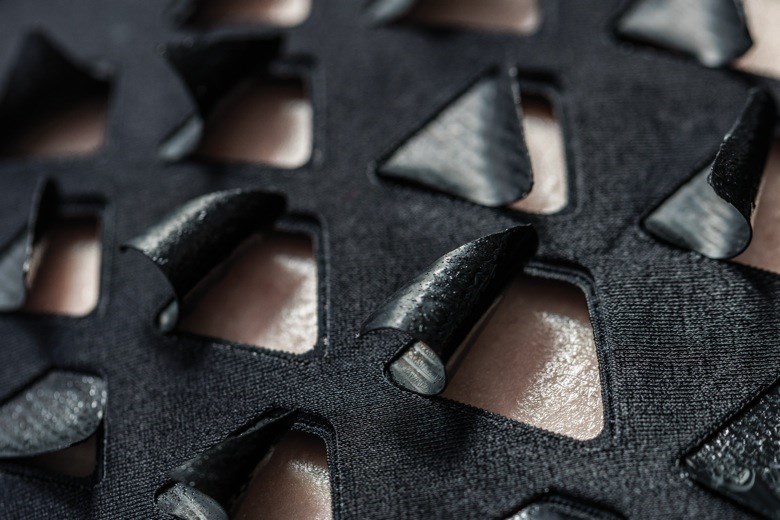
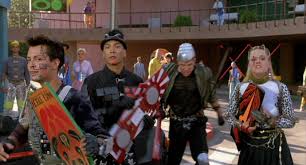
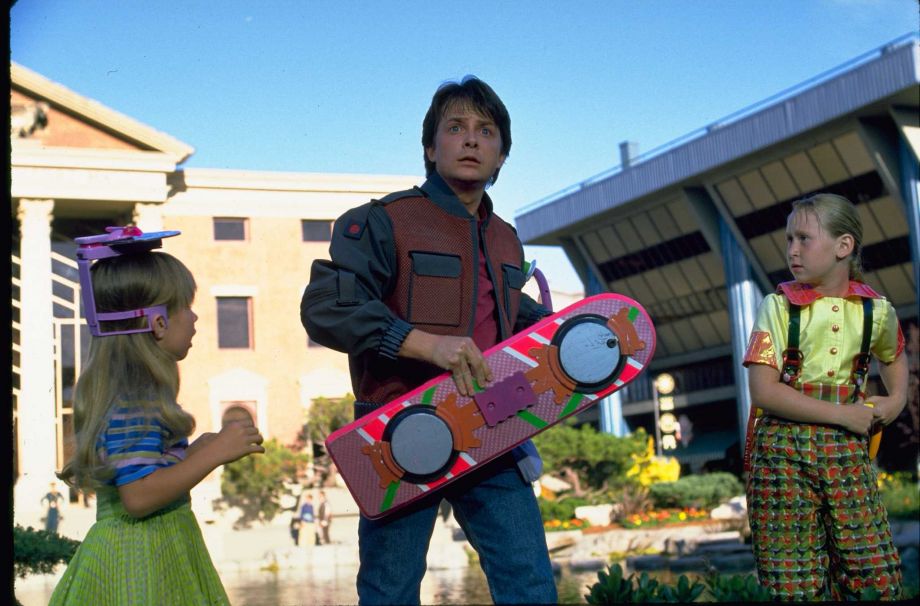

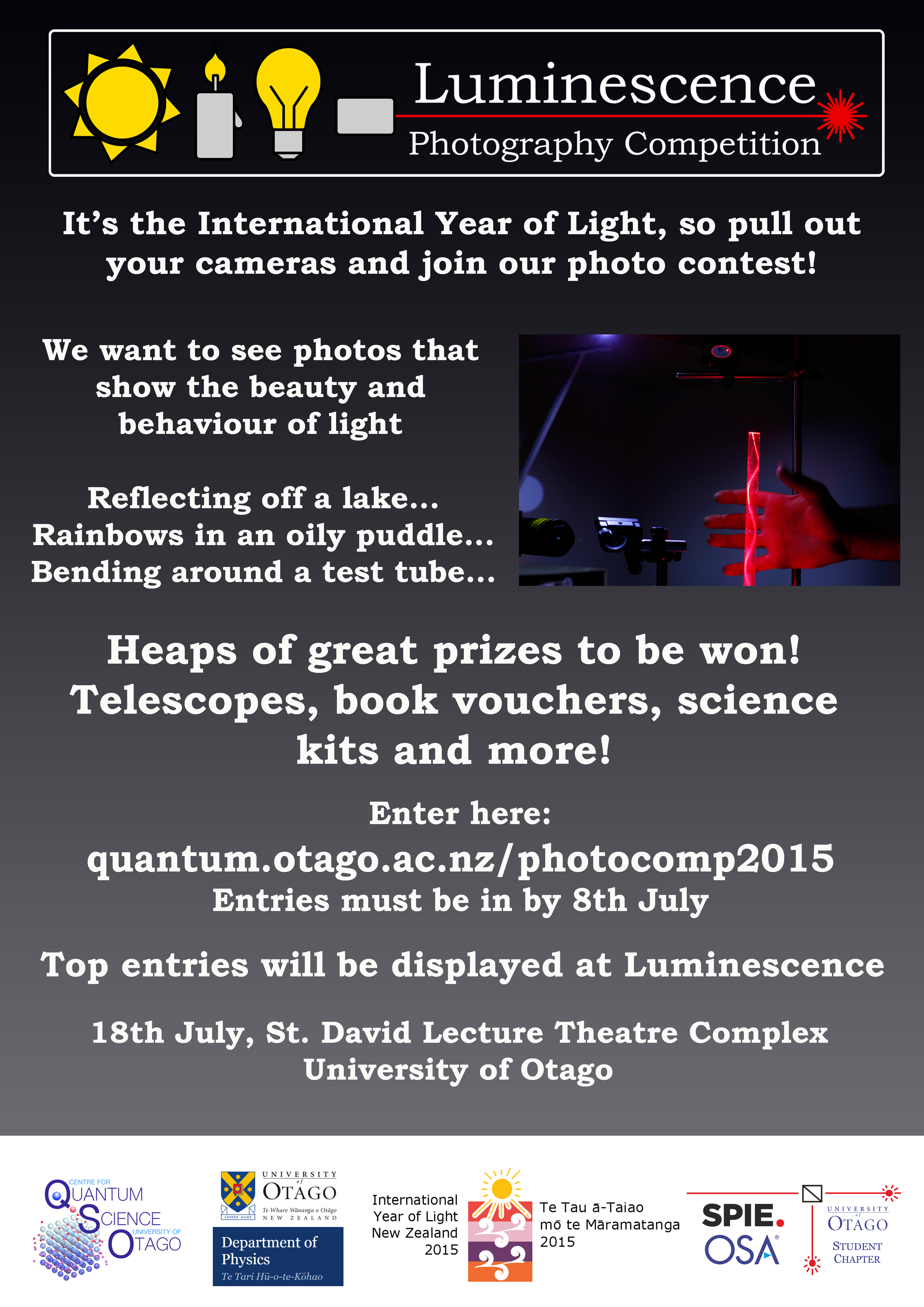






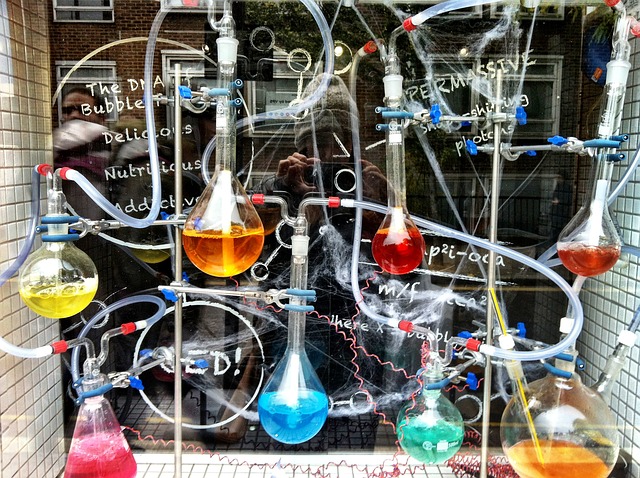
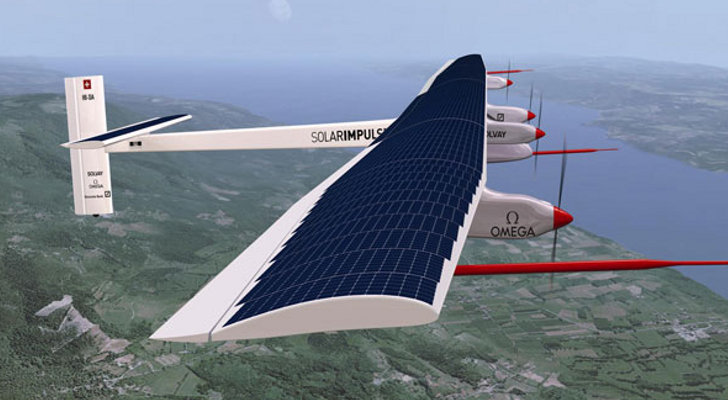





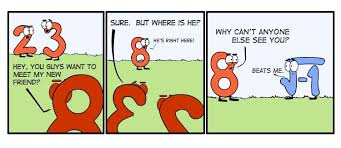
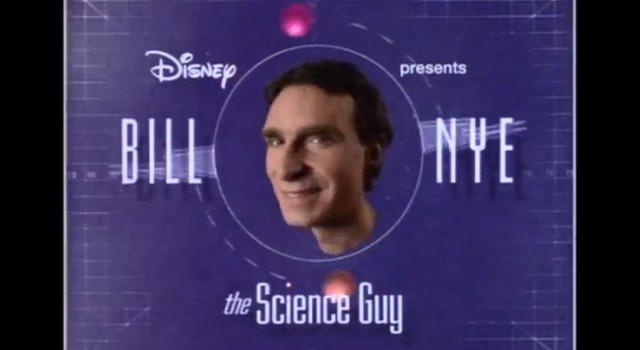



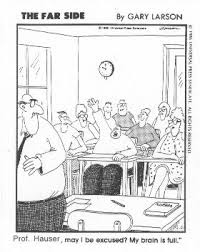
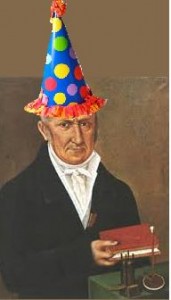

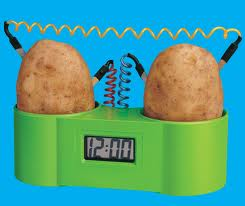

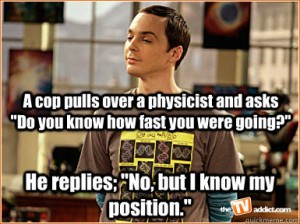
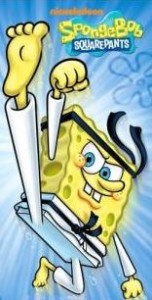
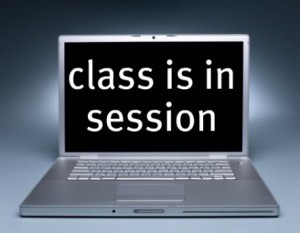





 I ran across these little Physics related videos the other day. Each one is only about a minute long so a nice little break. They are also aimed at presenting ideas rather than answering questions so could be a good way to stimulate a discussion or a starting point for more research. Cute and accessible for many year levels. Access the videos
I ran across these little Physics related videos the other day. Each one is only about a minute long so a nice little break. They are also aimed at presenting ideas rather than answering questions so could be a good way to stimulate a discussion or a starting point for more research. Cute and accessible for many year levels. Access the videos 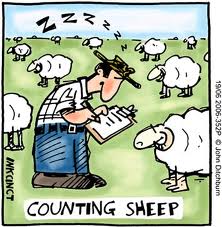
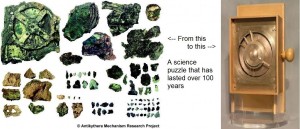

Recent Comments